
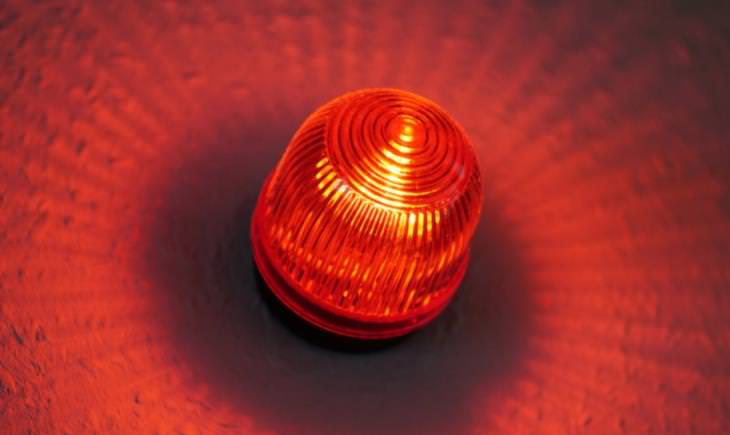
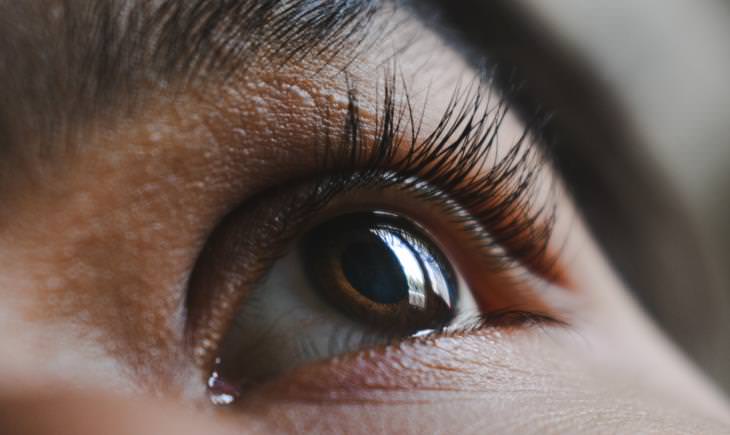
Participants in the experiment were between ages 34 and 70, both female and male. While one group was exposed to red light for 3 minutes in the morning, the other had the session in the afternoon. Their eyesight was measured via a test of their ability to differentiate between colors 3 hours after the session, and again a week later. The group who had the morning red light session showed an average improvement of 17% in their color contrast vision.
The afternoon group showed no results. The researcher's hypothesis as to why this happens is that the mitochondria in the retinal cells may follow the body's circadian rhythms, as Prof. Jeffery explains. The research team can state with confidence that the optimal duration for a red light session is 3 minutes and that the results will last for a week.
The exposure session was conducted as follows: the light used came from a commercial flashlight with 9 LEDs "mounted behind a light diffuser [...] light was delivered down a white internally reflecting tube that fitted over the eye with an internal diameter of 3.2 cm" (1.2'')."
Devices of that specific wavelength are available to purchase online, but we would suggest a vigorous search for a trustworthy source.
Source: Medical News Today

This Is What’s Currently Known About COVID-19 Immunity
We now know for certain that recovering Covid-19 patients possess antibodies for the illness. What does that mean regarding their immunity for reinfection?

Can We PREVENT Type 1 Diabetes?
The study's findings point toward developing a simple blood test that could detect the immune failure leading to type 1 diabetes before insulin-producing cells are permanently lost.

6 Coronavirus Indicators That You May Not Have Heard Of
Here, we list some of the more unusual and lesser-known COVID-19 symptoms you might not be aware of yet.
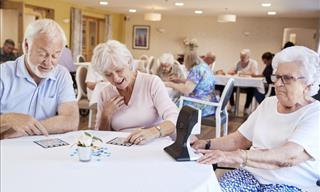
Friendship Might Be One of the Secrets to Healthy Aging
A recent study finds that senior individuals with exceptionally good memory and cognitive function are the ones with strong relationships.
 21:10
21:10
How We Might Slow Down or Even REVERSE Aging Soon
Epigenetics, a new branch of biology, may hide the secret to anti-aging. This series of short interviews explains how this might work...

Incredible Story: The Woman Who Can SMELL Parkinson's
In this piece, we'd like to introduce you to Joy's story, the series of events that led her to "encounter" Parkinson's disease, and its significance for the future of the medical world.
 6:12
6:12
7 Frozen Foods That Could Be Hurting Your Heart
These frozen foods are slowly destroying your arteries.
 6:39
6:39
Worried About Your Posture? Try These 3 Simple Exercises
Since we sit in front of computers for so many hours each day, it's easy to get a hunchback posture. Improve it by performing these quick exercises!

Guide: How to Boost Collagen and Preserve Your Skin
When it comes to maintaining youthful, healthy-looking skin, collagen sits at the top of the list. In this article we look at why that is and how it can be boosted for healthier, younger-looking skin.
 18:49
18:49
The 7 Best Frozen Shoulder Exercises for Quick Relief
Struggling with a frozen shoulder? Try these exercises for quick relief.

What to Do When You’ve Eaten Way Too Much Sugar
Feeling tired and sluggish after eating something sweet? Here's how to undo the negative short-term and long-term effects of sugar on your health.
 13:39
13:39
Yoga Your Way to a Healthier Heart: Simple Steps
These simple yoga poses boost heart health.

What is Laparoscopy Surgery and Why Was it a Step Forward?
What is Laparoscopy Surgery, when was it invented and why was it an important innovation in medicine.
 2:06
2:06
9 Handy Body Tricks That You Will Use Again and Again!
Got a stuffy nose? Can't calm your urge to pee? Finding difficulty sneezing? Your body can save you if you know these 9 tricks!

Wow! Who Knew That Potatoes Had Such Health Benefits?
Check out these 7 different health benefits of potatoes. Just remember to go easy on the butter and cheese!
 8:17
8:17
Health Tip: Improve Grip Strength with These 4 Tips
Here are some easy exercises for improving grip strength at home.

What 10 Minutes a Day Can Do For Your Health
What if we told you that, according to findings from a new study, you don’t need to dedicate more than 10 minutes a day to physical activity to stay healthy?
 5:11
5:11
Why Clove Water Could Change Your Health Forever
Adding a few cloves to your morning water could transform your wellness routine.

How to Check Your Mouth for Mouth and Throat Cancer
This guide will explain the risk factors, show you a step-by-step self-exam procedure, describe common symptoms to watch for, and advise when to seek medical care.
 4:48
4:48
Suffer from Osteoarthritis? You Need to Watch This!
Osteoarthritis is the most common of all types of arthritis, but turmeric can help to ease the pain and discomfort. Find out more here!
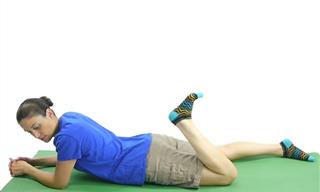
Exercises: Four Areas in the Body Women Need to Strengthen
Get to know 4 very important areas every woman must strengthen - and of course, how to do so.
 5:15
5:15
Studies Show You Can Improve Your Bone Health with Almonds
Osteoporosis is a common illness in the US. This video shows what happens to bone cells when blood is drawn before and four hours after almond consumption.
 7:01
7:01
What Your Feet Might Be Telling You About Your Health
Can your feet predict health problems? Let’s find out.
 10:01
10:01
Find Out if You’re Aging Well with These 3 Simple Tests
Test your longevity with these three at-home assessments.
 8:26
8:26
Wake Up with Better Posture—Simple Sleep Tips
Correct your hunchback posture while you sleep with these easy tips.
 4:34
4:34
Can Oatmeal Reduce Coronary Heart Disease Progression?
Everyone knows that oatmeal is healthy, but it's a lot healthier than you might think! It might actually reduce the progression of coronary heart disease.
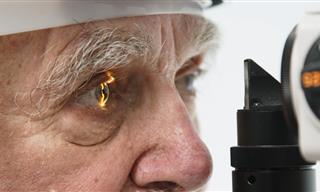
Age-Related Macular Degeneration: How to Treat It
The diagnostic methods, the importance of early detection, and new treatments that are changing how we manage this disease
 1:48
1:48
Got a Headache? These Natural Remedies Will Cure It...
Natural techniques that will help you cure a headache in a matter of minutes.
 5:47
5:47
Shocking! This Is What Chocolate Does to Your Arteries...
Can chocolate cause strokes? Find out in this informative video from Dr. Greger.
 5:31
5:31
Washing Dishes Without Hurting Your Back? Here’s How
Here's the absolute best method for making dishwashing pain-free.
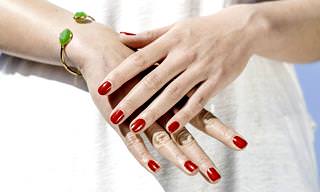 1:22
1:22
WATCH: What Do Your Fingernails Say About Your Health?
Your fingernails can say a whole lot about your health, and this video will show you why you should pay more attention to them in the event of abnormalities.
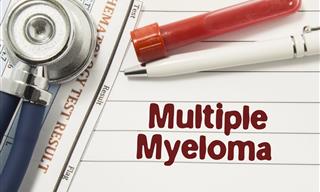
Multiple Myeloma: New Treatments in the Modern Age
New and innovative Treatments for Multiple Myeloma
 4:01
4:01
The SURPRISING Health Benefits of Chia Seeds
Here’s why you should add chia seeds to your daily diet.
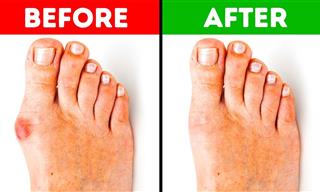 6:49
6:49
5 Effective Ways to Get Rid of Bunions Without Surgery
Struggling with bunion pain? These tips will help.
 2:53
2:53
Reduce Knee Pain With These 2 Exercises!
These 2 gentle stretches are great exercises for reducing knee pain.

Ingrown Toenails – Myths, Facts, and How to Treat Them
Having an ingrown toenail can be an annoyance at best, and a dangerous medical condition at worst. Learn how to treat and prevent it.

If You Eat These 9 Fish Regularly, You Should Stop!
We are always told how fish is healthy, but there are actually some types of fish that'll do more harm than good. Here are nine of them!

Is Running Better on a Soft or Hard Surface?
We examined the issue of running on hard or soft surfaces and which is better, and the answer is here before you.
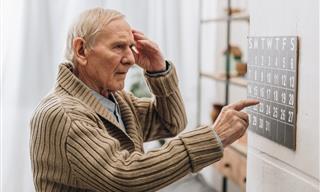
Want a Strong Memory? This Study Found What You Need to Do
The positive effect of physical activity on our cognitive abilities may last up to 24 hours after completing the activity...

Learn Three Exercises to Reduce Anxiety and PTSD
Learn 3 simple exercises to deal with those moments when your anxiety gets too "loud" and you need a coping mechanism.
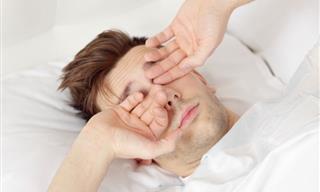
Dawn Phenomenon: When You Wake Up With High Blood Sugar
If your sugar levels are high when you wake up in the morning, you may be experiencing what is called "Dawn Phenomenon".

Which Drinks Increase Your Risk of Stroke?
Let’s see what exactly these studies say, which drinks are worth drinking more of, and which ones are best to avoid.
 8:05
8:05
How to Get Rid Of a Sore Throat: Remedies That Work
Troubled with a sore throat? These natural and safe remedies are proven to be effective.
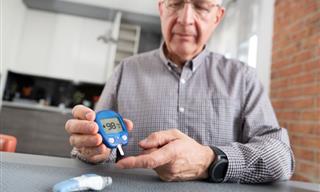
How 25% of Patients Managed to Prevent Diabetes
How long does it take to get rid of prediabetes, and how is it done? That's exactly what we'll answer in the following article.

Fluoride vs. Fluoride-Free Toothpaste: Which Is Better?
In recent years we can see a rise in fluoride-free toothpaste. Do we really need it in our daily ritual? We set out to find all about fluoride.

10 Foods That May Weaken Your Immune System
The relationship between diet and immune function is profound. A nutrient-dense, well-rounded diet acts as fuel for your immune system, while a diet low in nutrients and high in ultra-processed foods can significantly impair your body's immune system

This Energy Drink Ingredient Could Be Causing Cancer
The research shows that leukemia cells absorb taurine and use it as fuel to sustain their rapid proliferation.
To enable your Ad-Free Subscription, please fill the fields below
Your subscription was successful, now you can enjoy an ad-free experience!! Note: To make sure you get no ads, please make sure to log in to your account. If you are logged in already, then refresh the page. The subscription can be cancelled at any time.


